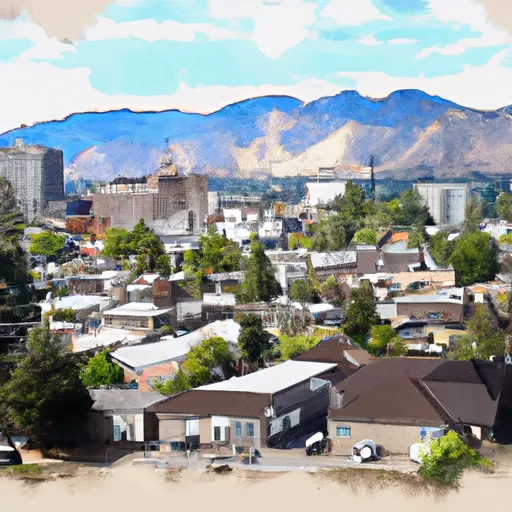°F
°F
mph
Windspeed
%
Humidity











Kingston, Idaho is a small town nestled in the heart of the Idaho Panhandle, surrounded by beautiful mountain ranges and lush forests. The climate in Kingston is characterized by cold, snowy winters and mild summers. Average temperatures range from the mid-20s (-4°C) in winter to the mid-70s (23°C) in summer, making it an ideal destination for outdoor enthusiasts throughout the year.
Hydrology plays a significant role in Kingston, with multiple rivers and creeks flowing through the area. The Coeur d'Alene River is a prominent waterway, offering opportunities for fishing, kayaking, and rafting. The nearby Chain Lakes and Kingston Lake provide additional options for water-based activities.
Outdoor recreation opportunities in Kingston are abundant. The surrounding mountains offer excellent hiking and biking trails, showcasing breathtaking views and diverse wildlife. During winter, the region becomes a winter wonderland, attracting skiers, snowboarders, and snowshoers to the nearby ski resorts and trails.
In conclusion, Kingston, Idaho boasts a picturesque setting with a climate that allows for a variety of outdoor activities year-round. Its hydrology constituents, including rivers, creeks, and lakes, provide ample opportunities for fishing and water sports. Whether you seek adventure on the trails, slopes, or water, Kingston offers a wealth of recreational options for nature enthusiasts.
Weather Forecast
Kingston receives approximately 876mm of rain per year, with humidity levels near 65% and air temperatures averaging around 8°C. Kingston has a plant hardyness factor of 6, meaning plants and agriculture in this region thrive during a short period during spring and early summer. Most plants will die off during the colder winter months.
Regional Streamflow Levels
394
Cubic Feet Per Second
802
Cubic Feet Per Second
168
Cubic Feet Per Second
1,070
Cubic Feet Per Second
Nearby Camping
| Camping Area | Reservations | Toilets | Showers |
|---|---|---|---|
| Devils Elbow | |||
| Lake Elsie | |||
| Camp 3 | |||
| Big Hank | |||
| Kit Price | |||
| Huckleberry |



